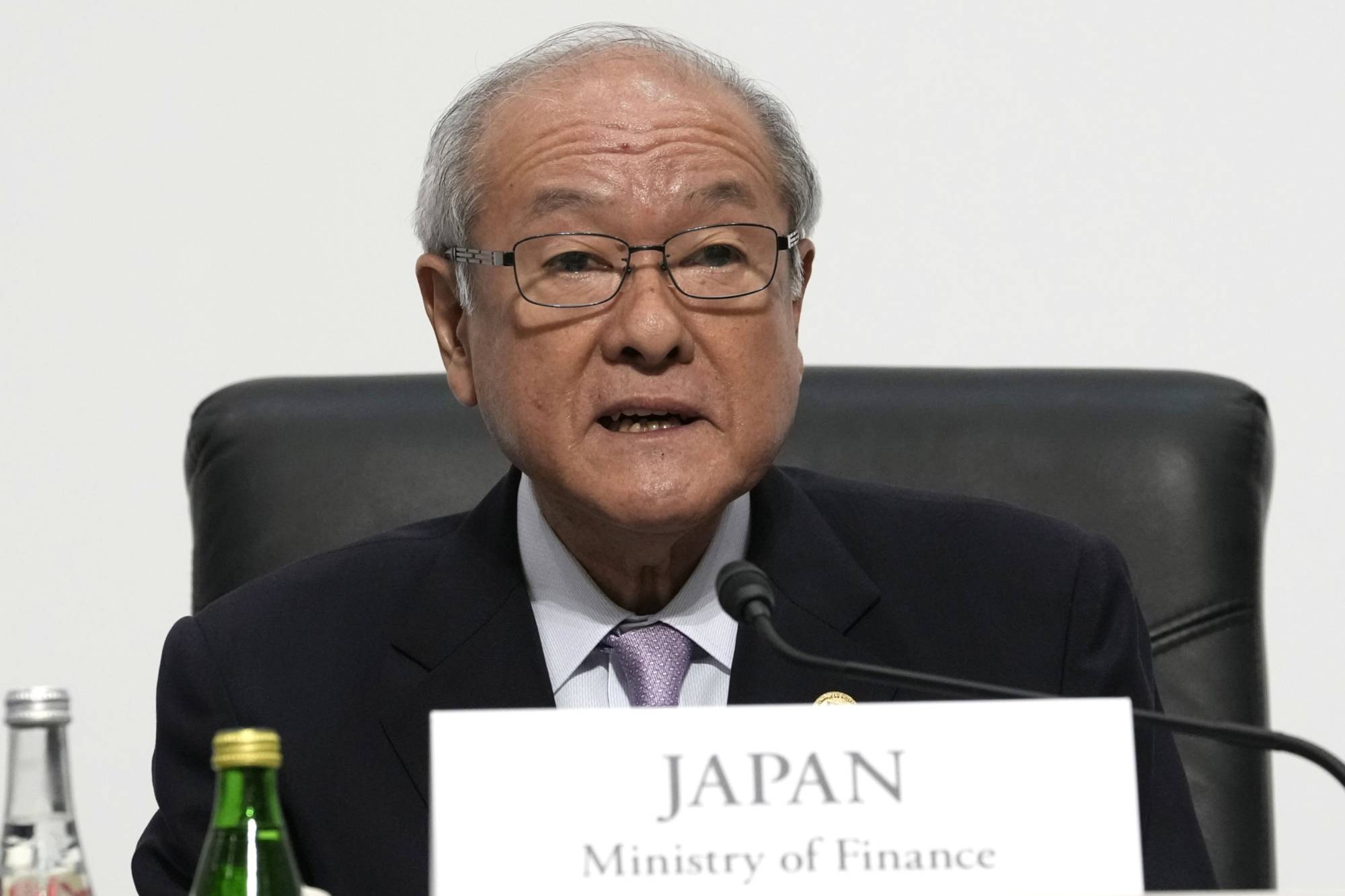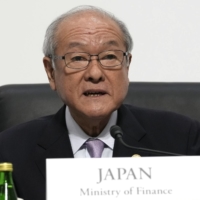Japan is closely monitoring currency moves to ensure foreign exchange rates remain stable and reflect economic fundamentals, Finance Minister Shunichi Suzuki said Tuesday after the dollar topped the ¥142 line, a seven-month high.
Following the removal of Japan from a U.S. currency watch list, Suzuki said the country will maintain close communication with the United States and other nations, and take "appropriate" steps regarding currency policy.
"Dollar-yen levels are determined by markets and based on fundamentals, but they should move stably. This is our basic stance," Suzuki said during a news conference. "We are continuously monitoring developments in foreign exchange markets."
The Bank of Japan's decision to maintain its ultralow rate policy is seen as a major driver behind the yen's depreciation.
The currency's fall has accelerated since last week, when the Japanese central bank showed little sign of dialing back monetary stimulus, while the U.S. Federal Reserve paused hiking interest rates but signaled it has plans for future increases to curb inflation.
The yen has also depreciated against the euro, as the European Central Bank went ahead with a 0.25 percentage point rate hike last week.
Last year, Japan conducted a series of yen-buying, dollar-selling interventions to stem the Japanese currency's rapid decline. The impact of the weak yen, which has inflated import costs for resource-scarce Japan, is still being felt as households grapple with rising prices of everyday goods.
Despite such interventions, Japan was removed from a U.S. list of major trading partners the country monitors for potentially unfair foreign exchange practices for the first time since 2016, according to a biannual report to Congress released Friday.
Suzuki said the result came after close communication between the two nations' authorities, adding that the removal from the list will not "change or impact" Japan's policy stance.




